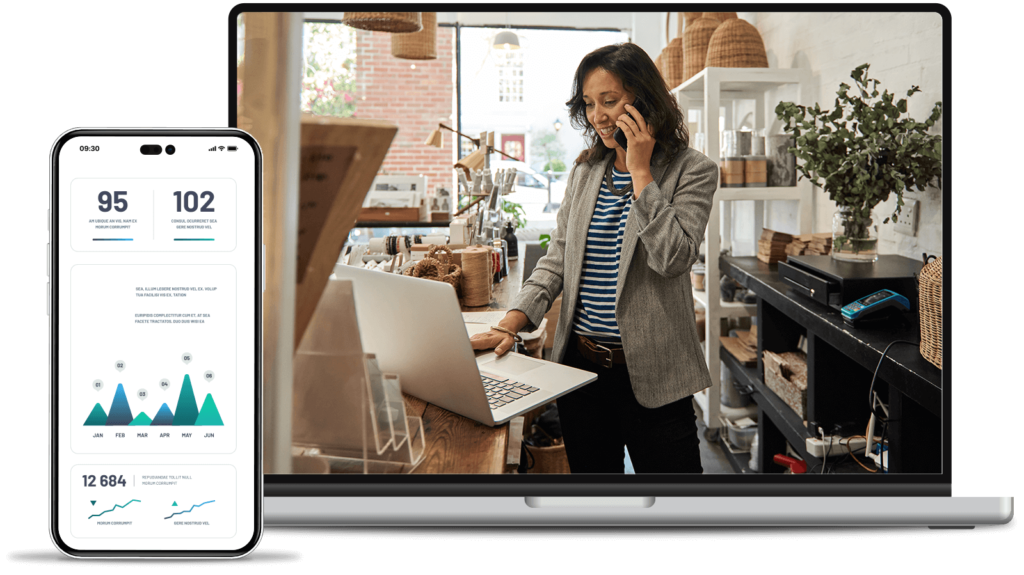With consumers spending more time scrolling through social media, having a presence on the correct platforms has never been more important for a business. While consistently publishing organic posts is necessary for your client to keep a connection with their customers, it shouldn’t be their only strategy.
The truth is, no matter how great their content is, social media algorithms will only allow those posts to reach a fraction of their followers. If your clients aren’t seeing success with posting organically to their feeds, it’s time for them to consider advertising on social media so they can get their products and services in front of a larger audience.
What is Social Media Advertising?
Social media advertising can be difficult to explain to a client, especially if they aren’t familiar with the platforms they want to advertise on. To put it simply, social media advertising is a form of digital marketing that delivers paid advertisements to a target audience on social platforms.
Facebook is the most popular social media platform to advertise on with its large number of monthly users and ability to place advertisements on its sister platform, Instagram. Inside of Facebook, the two different types of paid advertising options include boosted posts and Facebook ads. Let’s dive deeper into the difference between the two, so you can easily explain them to your clients.
What are Boosted Posts?
When there is an organic post published to your client’s business page, there is an option to boost that post. This means that with a fee, that post can be pushed out to a wider audience.
Advantages of Boosted Posts
- User friendly and easy to set up directly from the business page
- Allow your client’s content and business to reach more people
- Help optimize a business page by increasing engagement, brand awareness, and visibility
- Give the ability to select a target audience, budget, and duration of boost
- Can be an affordable option for those with smaller budgets
Disadvantages of Boosted Posts
- The targeting options are limited compared to those of Facebook ads
- Although they begin as organic content, once boosted, they show up as advertisements to the viewer
- Once published, they are unable to be edited or adjusted

What are Facebook Ads?
Facebook ads are a more advanced, detailed social media advertising option. They are created in Ads Manager, which allows your client to focus on specific goals and target audiences.
Advantages of Facebook Ads
- The advanced targeting tools allow your client to reach the people who most likely care about their business or would be interested in the products or services they offer
- Can set specific ad objectives that align with your client’s overall business goals
- Give full creative control with ad layouts and options that aren’t available when boosting a post
- Can select specific ad placements, so ads show up in the locations your client wants
Disadvantages of Facebook Ads
- With all of the different customization options and details required, they can be difficult to set up
- Unlike a boosted post, they require starting the creative from scratch
- Can be a more expensive option
What Option is Best for My Client?
Both boosted posts and Facebook ads are great options to help your client’s business grow, and many companies choose to do a mixture of both. But, you may be wondering, “What option would benefit my client the most?” The answer to that question depends on their budget and overall business goals.
If they have a smaller budget and are hoping to reach a wider audience to increase their engagement, brand awareness and website visitors, boosts may be the perfect options for them. If your client has more freedom with their budget and is looking to do more with it, Facebook ads would be a great choice. They not only reach wider, more specific audiences, but they help convert website visitors, generate leads, increase store traffic and more.
While both boosted posts and Facebook ads can create results for your clients, it is important to make sure that they are utilizing the strategy that aligns with their business goals so they receive the results they are hoping to achieve.



